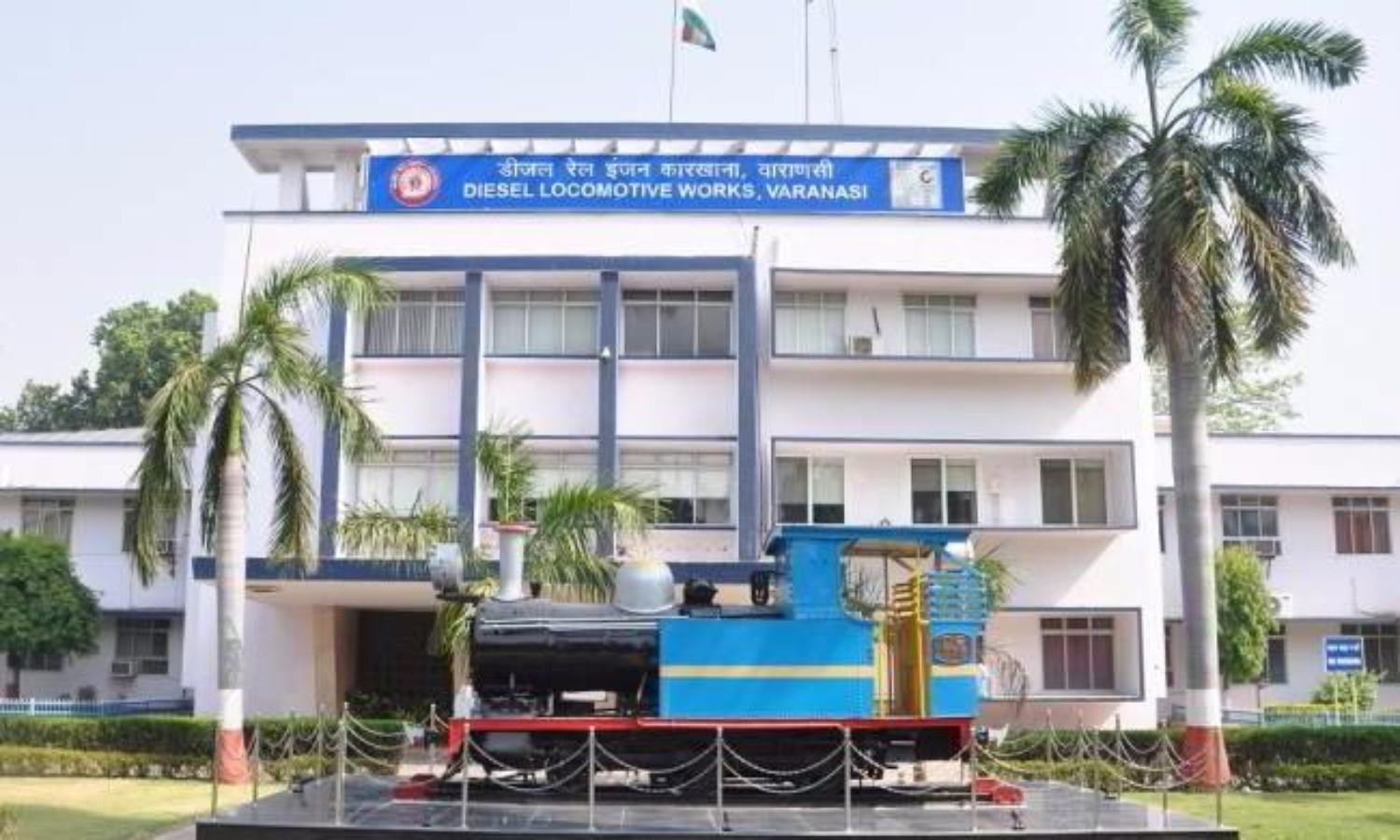
On 27th October, 2020, the Ministry of Railway inconspicuously published a short Notification in the National Gazette which simply stated that the Central Government has decided to change the name of "Diesel Locomotive Works", Varanasi to "Banaras Locomotive Works". The obsession of the present regime to change names of cities and names of Railway Stations is not unknown. However,...
On 27th October, 2020, the Ministry of Railway inconspicuously published a short Notification in the National Gazette which simply stated that the Central Government has decided to change the name of "Diesel Locomotive Works", Varanasi to "Banaras Locomotive Works".
The obsession of the present regime to change names of cities and names of Railway Stations is not unknown. However, this time around, it is not just a logistical trouble that they have created for themselves.
Unlike other times when the name change was an exercise to build up a political narrative, the change of name of DLW to BLW is seemingly more non-partisan as the DLW factory shifts from manufacturing Diesel Locomotives to Electrical Locomotives. To match its counterpart, Chitaranjan Locomotive Works at Chitaranjan, the factory at Varanasi (or Banaras) can logically be now termed as Banaras Locomotive Works.
Sale and Exports
However, DLW has also been the Indian Railways' foremost Locomotive factory in producing Locomotives and mechanical parts for export to several developing nations such as Bangladesh and Sri Lanka where the process of electrification of tracks is still underway and therefore have a sustained demand. It is unclear whether the factory would now produce Diesel Locomotives even for export or shift to manufacturing only Electric Locomotives. Certain private players from within the country have also bought Locomotives and mechanical parts from DLW.
DLW – a trademark
The name of a production unit has an economic value and to understand and appreciate the same, one must treat it as a trademark. Traditionally, a trademark acts as a source identifier which in turn ensures that the good is of a certain quality.
The trade mark DLW has been in use for more than 50 years across India and in many countries around the World. It is not only the complete Locomotives which bear this trade mark but also various mechanical parts which are also sold in India and across the World. This clearly shows that the mark of DLW is a source identifier. The products and the process of production are both highly certified and therefore the mark of DLW is also a signifier of quality.
Just like private companies would invest in building a brand, the Government has, since the inception of DLW in 1961, spent crores of rupees in manufacturing goods which all bear the stamp of Diesel Locomotive Works. The first Diesel Locomotive to have been exported was to Tanzania in 1976 and therefore the use of the trademark Diesel Locomotive Works/DLW in the international market can be traced back to more than half a decade.
The Government has taken considerable pains to plan and expand the production so as meet demand back home but also become a key player in the international market.
Goodwill, Reputation and Economic Value of a Trademark
Trademark jurisprudence developed by Courts postulate that the sales of goods bearing a certain trademark give rise to goodwill and reputation which belongs to its proprietor. Surely, when this goodwill and reputation becomes substantial, it is protectable by law and no other entity can misuse the trademark in which such goodwill and reputation has come to arise. Additionally, a certain monetary value is also placed on the trade mark which can then be commercialised by selling or assigning to another entity.
The valuation of Intellectual Property Rights and its commercialisation formed a huge part of the National IPR Policy released by the Government in 2016. Objective 5 of the Policy lays out specific goals to evaluate and enable transfer of Intellectual Property Rights. Interestingly, it also states that intangible Intellectual Property can be used as a collateral through securitisation.
While various private players latch on to their Intellectual Property to successfully commercialise it by sale or transfer, and in some notorious cases put up as bank security – fulfilling the objectives of the Central Government's National IPR Policy, the Government is itself failing to realise its objectives.
The National IPR Policy has been criticised for a marked pro-IP shift in the Government outlook which benefits huge corporates. However, the same policy can also help the Intellectual Property that the Government has created over the years, especially when the Government is looking to disinvest. We must not forget that it is in fact the money of the people that was invested in creating this intangible asset. The Government must endeavour to protect this public good and ensure return on investment. With the privatisation of Railways, the DLW mark could definitely have proven as a considerable asset and could have filled up the coffers, if at all it was transferred at some stage. But the Government, with one small Notification, has killed its golden goose.
Views are personal.
(Author is a practicing Lawyer at the High Court of Delhi)




